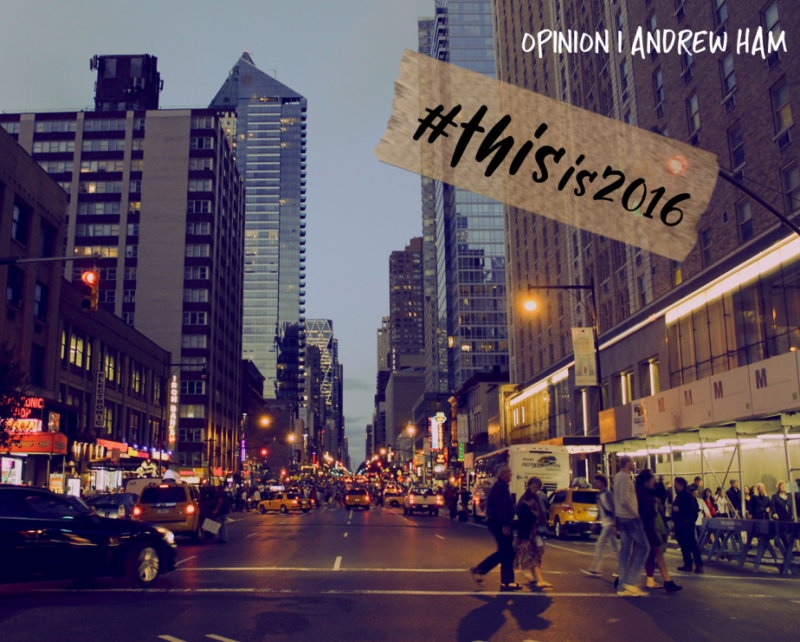#thisis2016.
Picture California; no, better, picture New York. A man catches his subway ride, a woman strolls down Park Avenue, a child picks at his food in a bustling restaurant. It’s a normal, an American, day here in New York—except the man is Korean, the woman Vietnamese, the child Japanese, and the food Chinese.
Sure, you can argue that this is American, that this “diversity” is what makes the country great—tell that to the Asian Americans themselves, however, and you will get an entirely different story. Former president Jimmy Carter once proclaimed, “we become not a melting pot but a beautiful mosaic. Different people, different beliefs, different yearnings, different hopes, different dreams.” It’s a beautiful, inspirational sentiment, and I admit rhetoric like this gets all of us inspired, unified, and proud.
So how do we explain why Michael Luo, an editor at the New York Times, was told to “go back to China…go back to your country” earlier this month? What of a woman walking in the streets of New York who heard a group of men yelling across the street, “hey, you have an egg roll coming your way?” What about Cefaan Kim, who was told “inspiringly” that in the army, “there is no black, white, yellow, or brown, just army green,” but had to fight to convince the other soldiers he was just as “American” as them, just as willing to fight, bleed, and die for the stars and stripes? Forget President Carter, #this is the real 2016.
A multitude of the problems we see in current American society have to do with race, but barely any of those even mention the discrimination and stigma Asian Americans face every day. According to the U.S. Justice and Education department, Asian American teenagers are three times as likely to experience bullying than their classmates. However, a severe mix of complications prevents them from speaking out.
Although it may seem, at a cursory glance, that Asian Americans have it made in the United States, racism is still prevalent at all levels of the Asian experience. While the next step in combatting racism against African Americans may be solving the actual problem, with the Asian American community the first step is recognizing that such an issue even exists.

